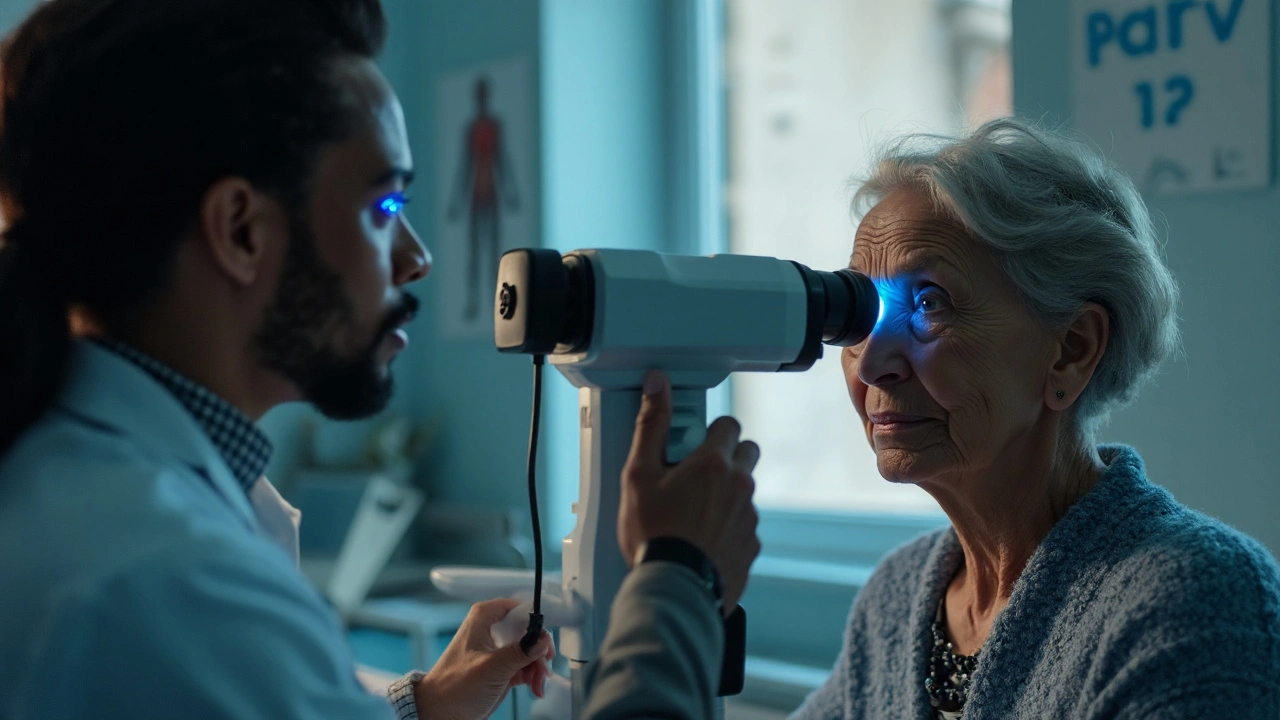Glaucoma Screening: What You Need to Know
If you’ve never heard of a glaucoma screen, think of it as a quick health check for the nerves in your eyes. Glaucoma slowly damages the optic nerve, often without any warning signs until vision is already affected. That’s why an eye pressure test can catch problems early – and stop them from getting worse.
When Should You Get Checked?
Most eye doctors recommend a baseline screening at age 40, then every two years if the results are normal. If you have risk factors like a family history of glaucoma, diabetes, or high blood pressure, start earlier – around 30 – and keep up with yearly exams.
A quick question: do you notice any halos around lights, eye pain, or sudden vision loss? Those symptoms usually mean you need an urgent exam, not just a routine screen. But even if everything looks fine, the invisible pressure can still be rising.
What Happens During a Glaucoma Screen?
The most common test is called tonometry. A tiny puff of air or a gentle press on the eye measures intra‑ocular pressure (IOP). The whole thing takes less than a minute and feels like a light tap.
Doctors may also use ophthalmoscopy to look at the optic nerve head, and a visual field test to map any blind spots. Modern devices can capture detailed images without dilating your pupils, so you won’t need those funky drops unless your doctor thinks it’s necessary.
After the exam, the optometrist will tell you if your pressure is normal (usually between 10‑21 mmHg) or if follow‑up tests are needed. If the numbers are high, treatment often starts with eye drops that lower pressure. In some cases, laser therapy or surgery becomes an option.
Why bother? Lowering IOP can slow or even stop nerve damage, preserving your side vision and reading ability for years to come. It’s a small step now that saves a lot of hassle later – think fewer glasses, less dependence on others, and keeping the world in focus.
Remember, glaucoma isn’t contagious, but it is sneaky. Regular screening is the cheapest insurance policy you can buy for your eyesight. Set a reminder with your eye doctor, ask about any new testing methods, and keep an eye on any changes in how you see.
Got questions? Most clinics have online portals where you can schedule a screen in minutes. A quick call or click could be the start of protecting your vision for life.


